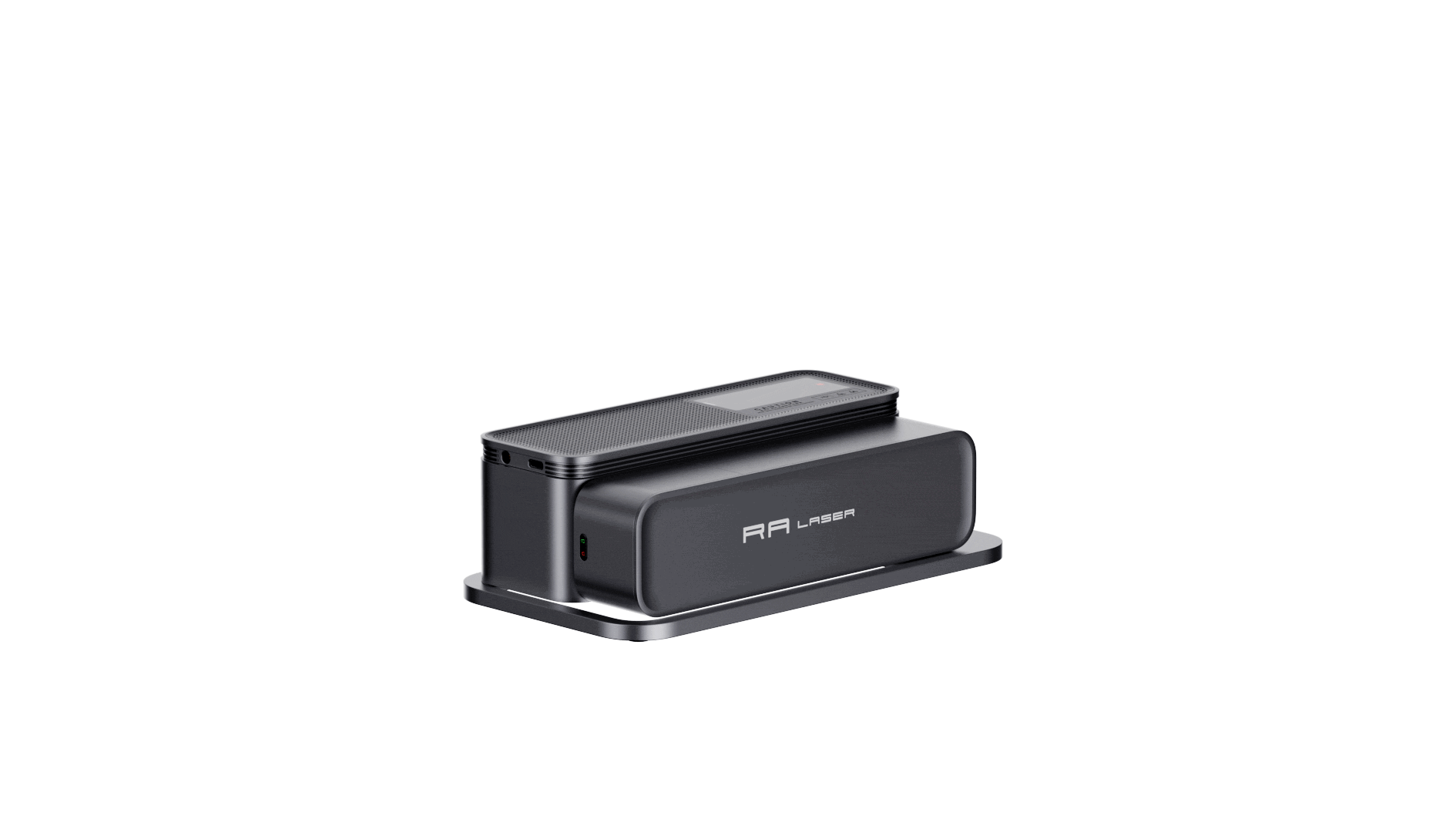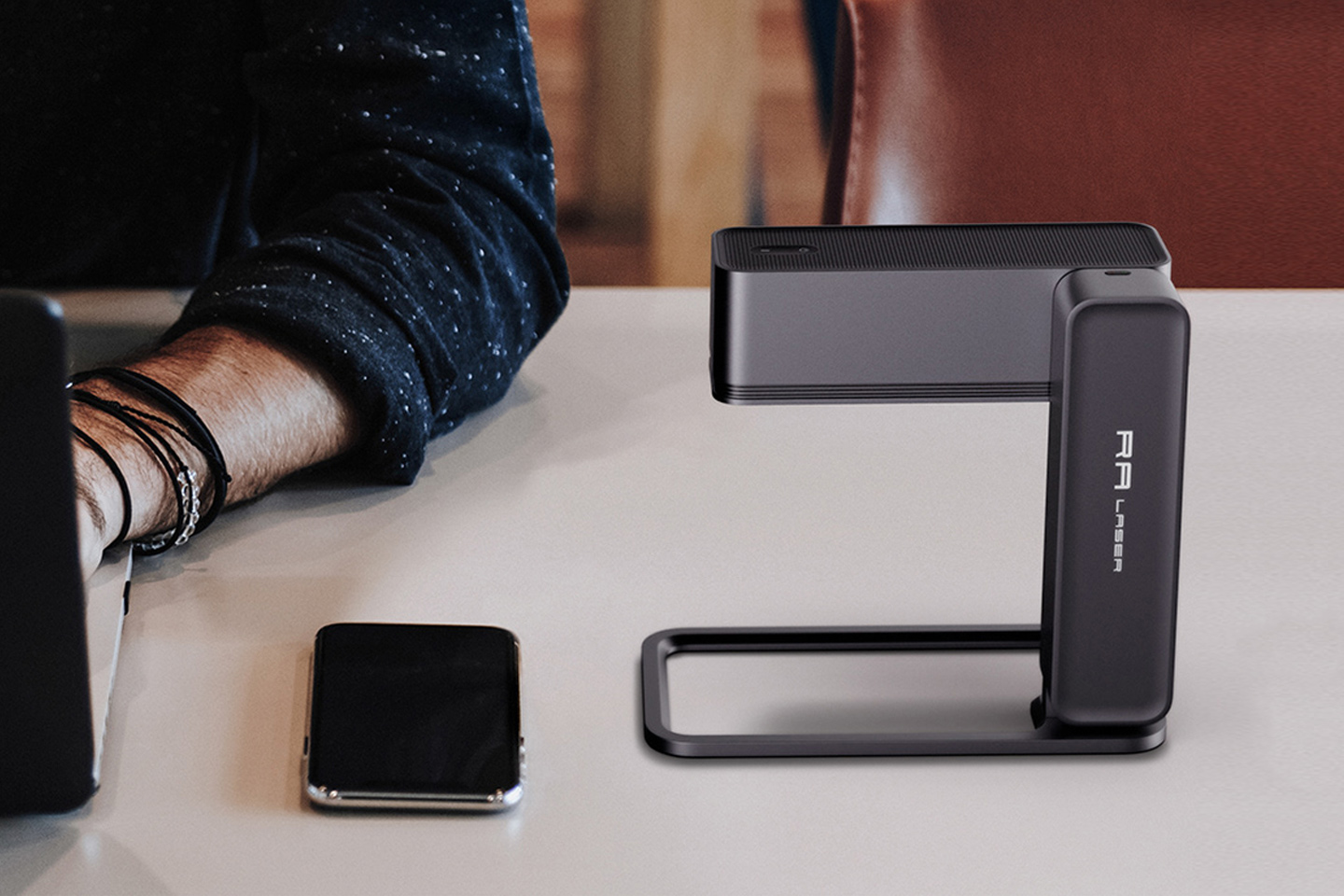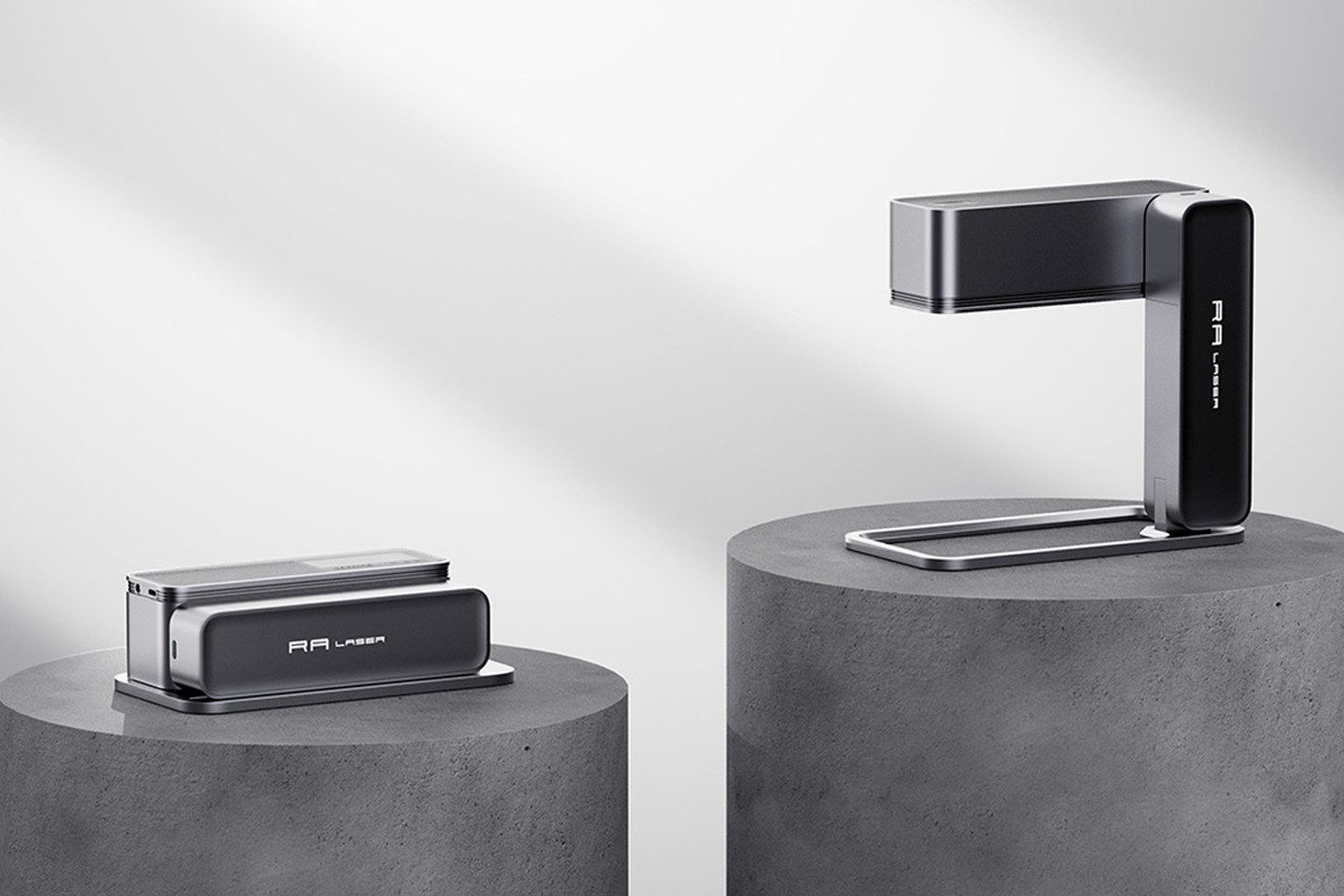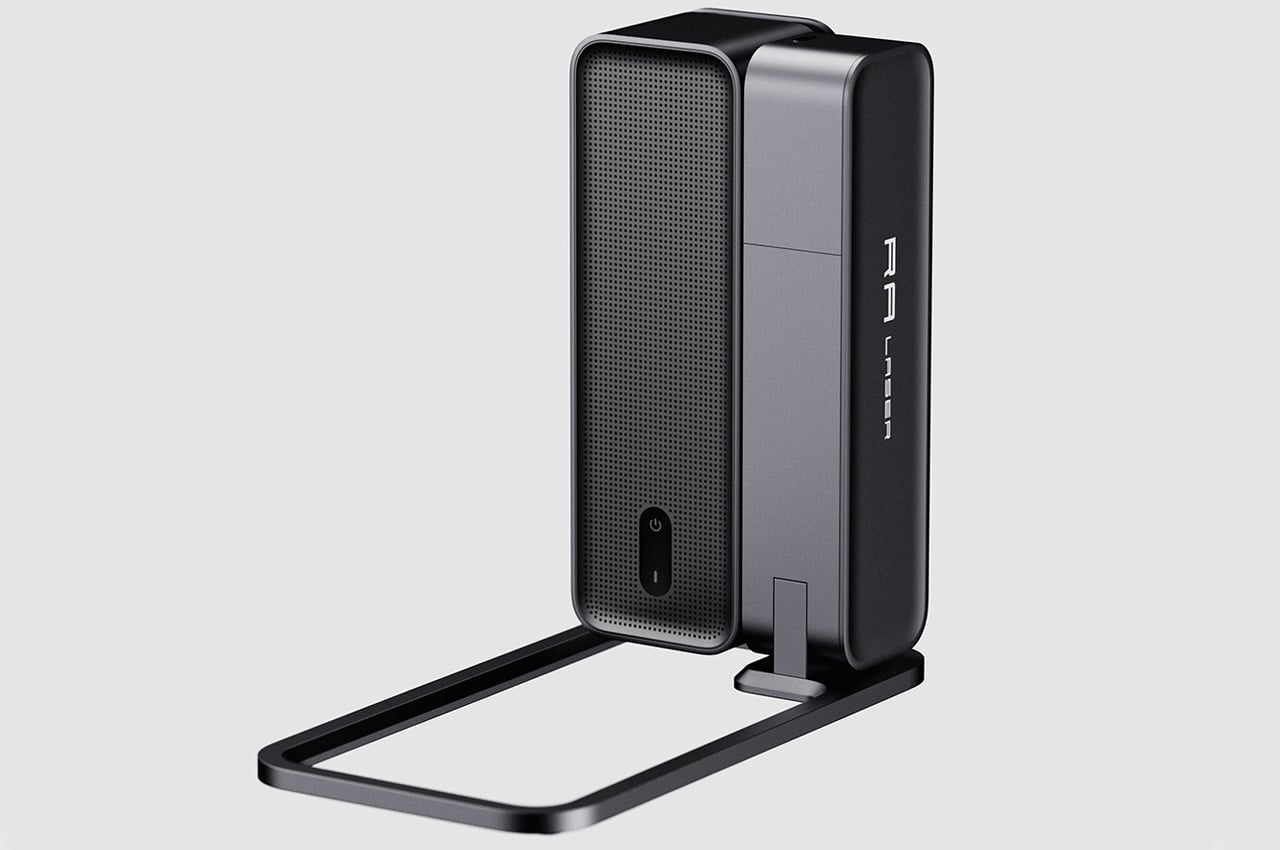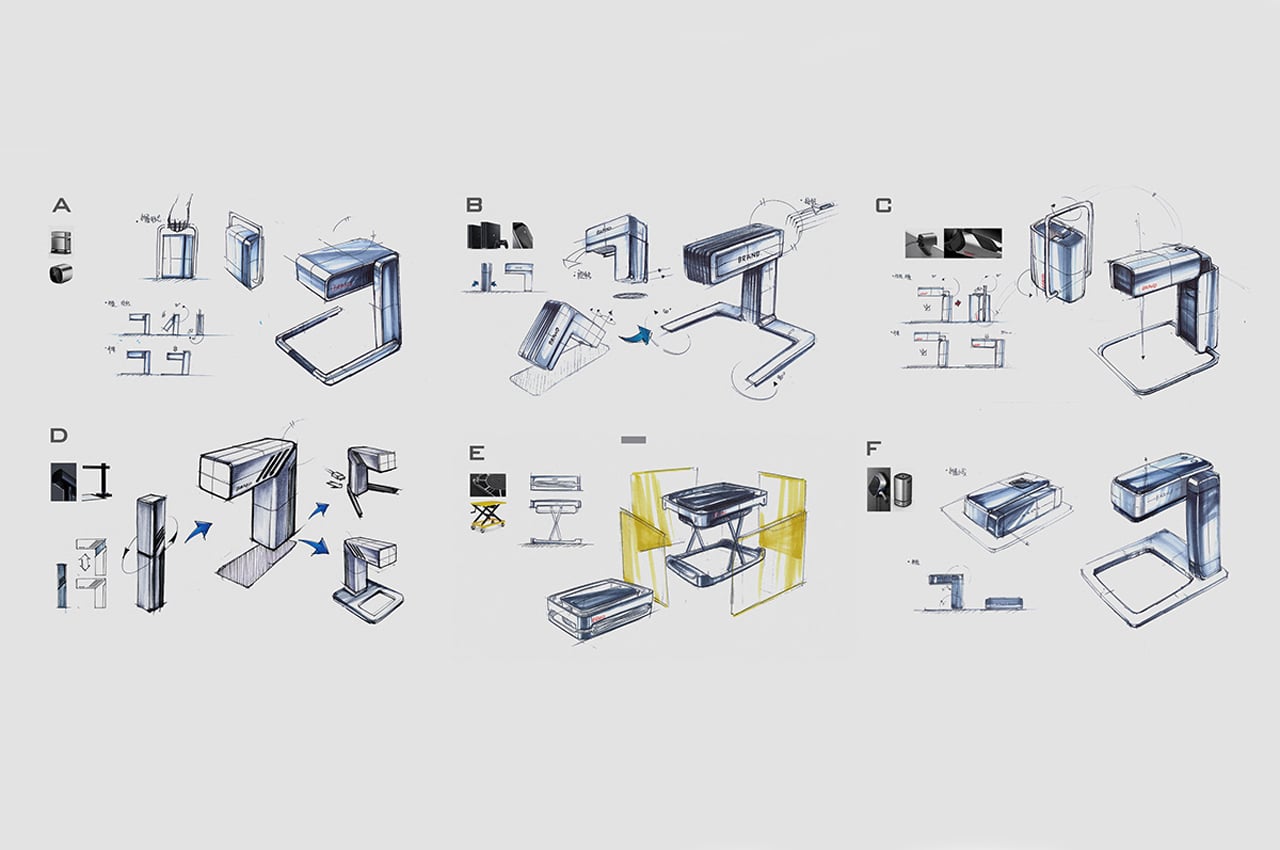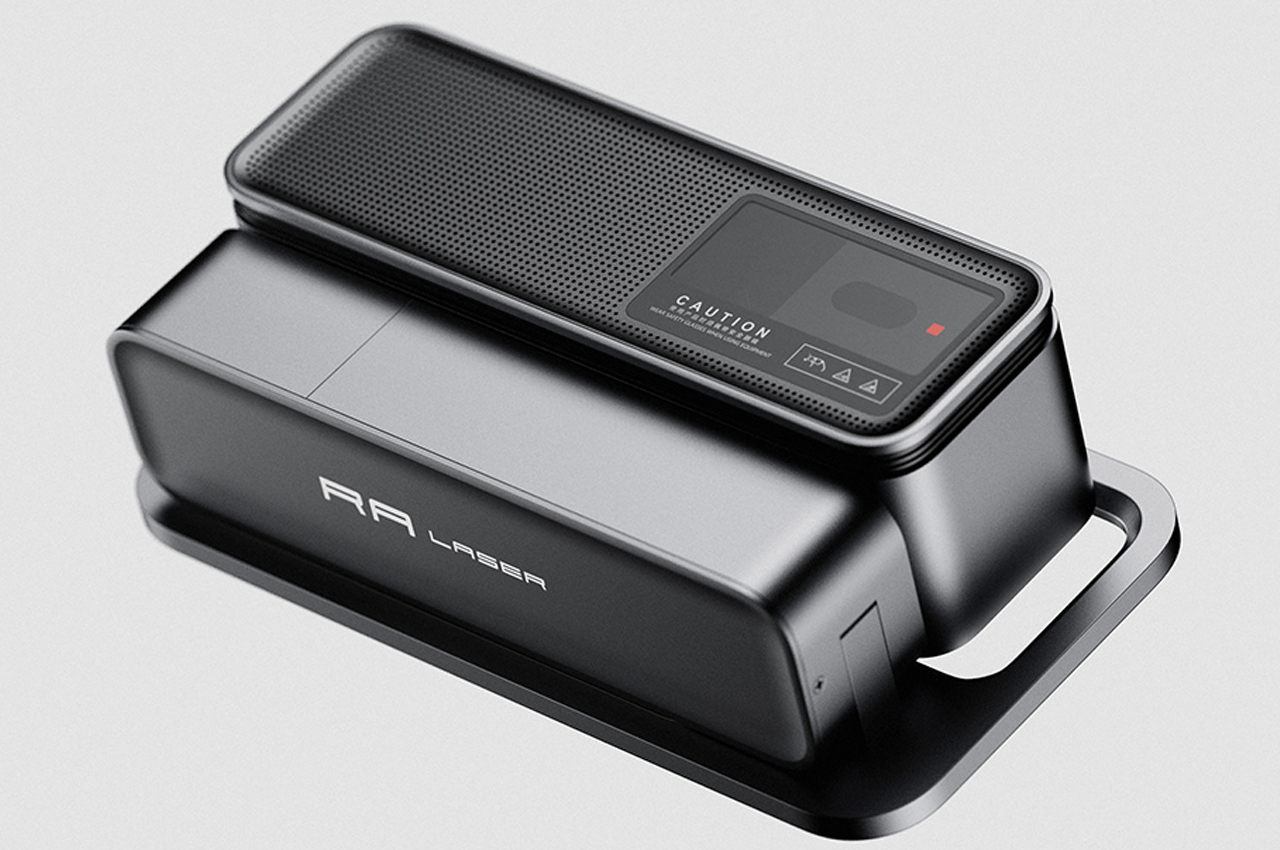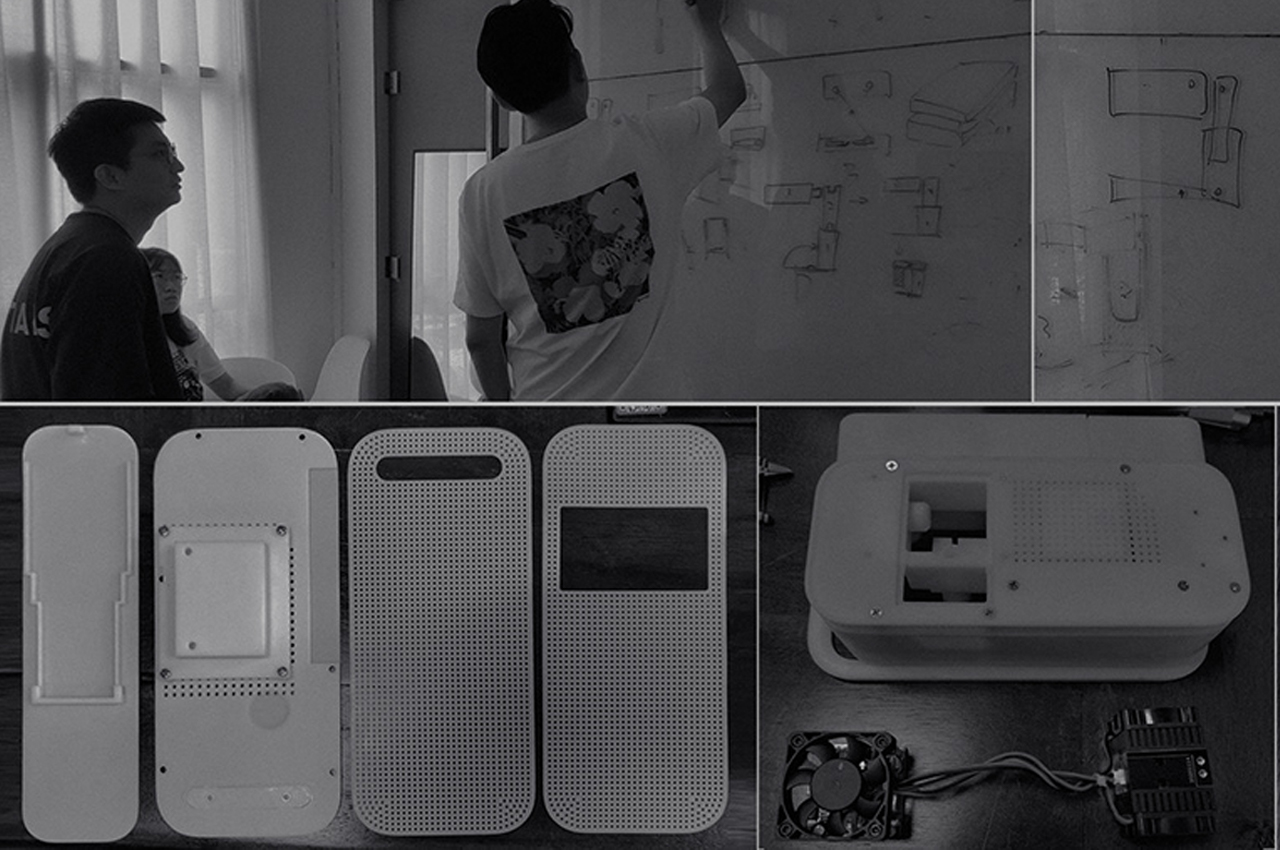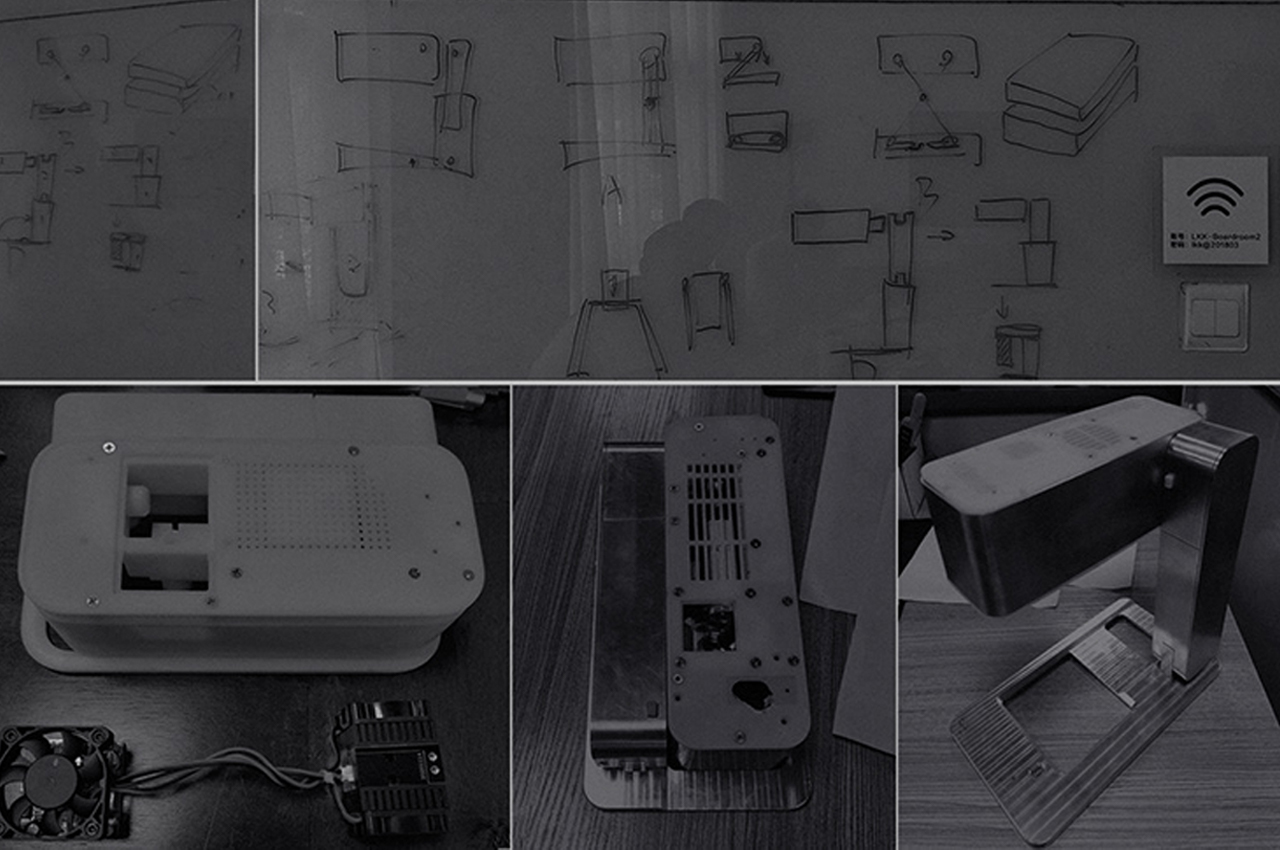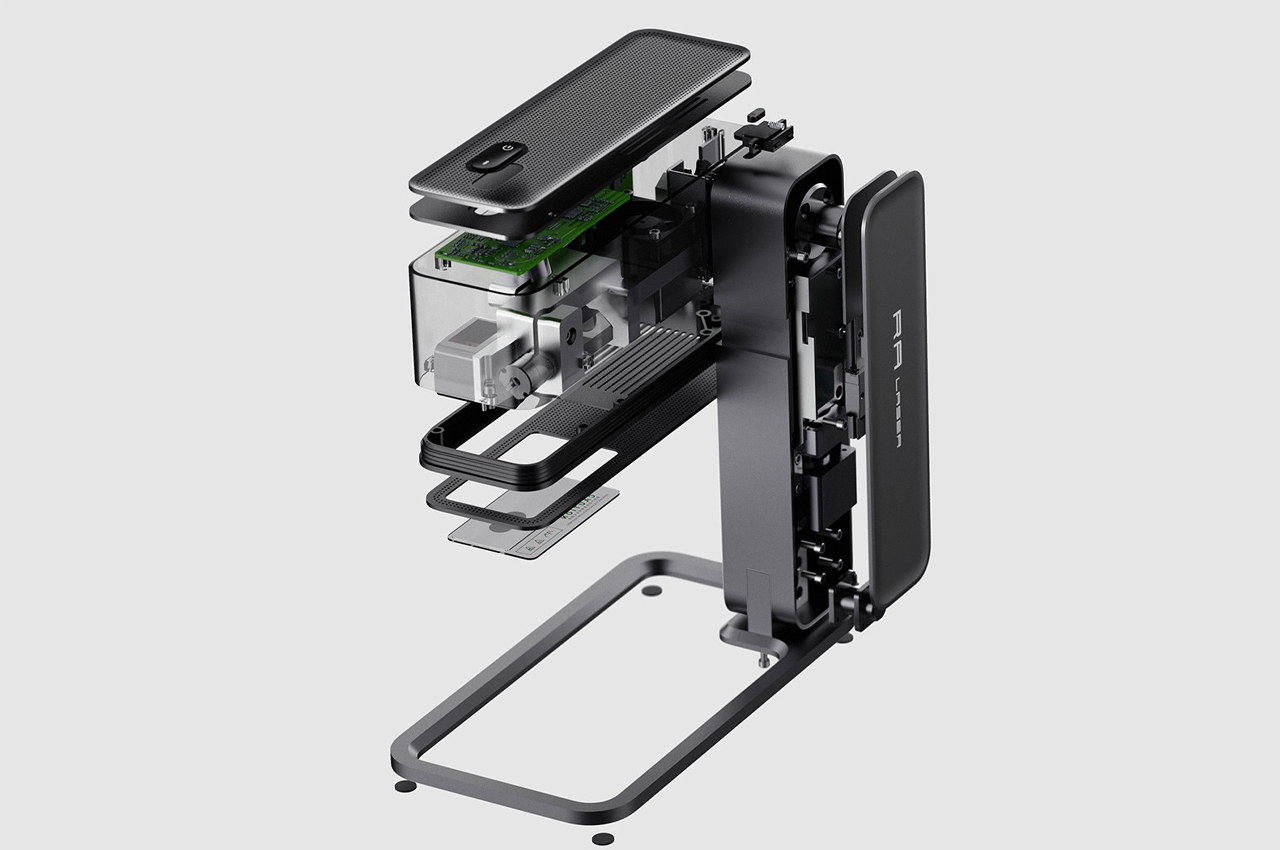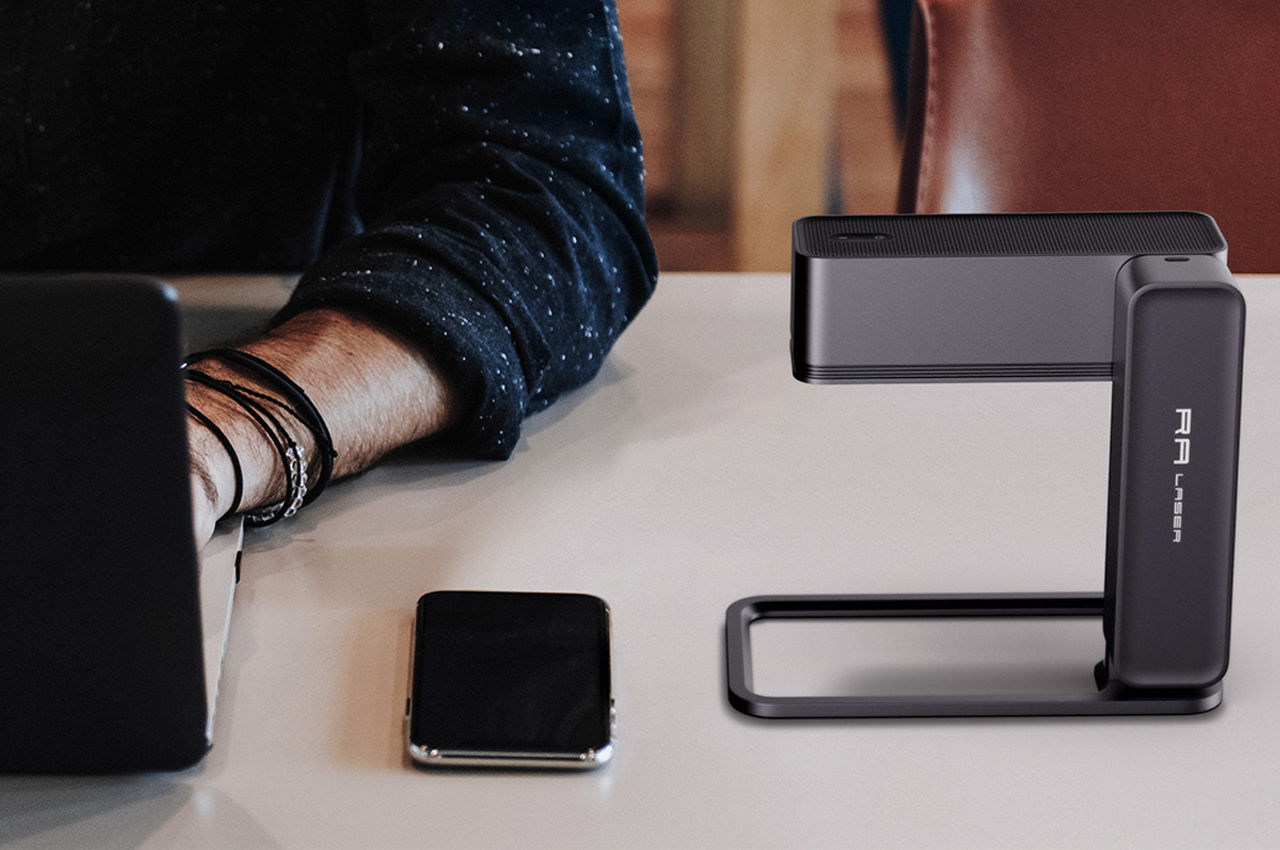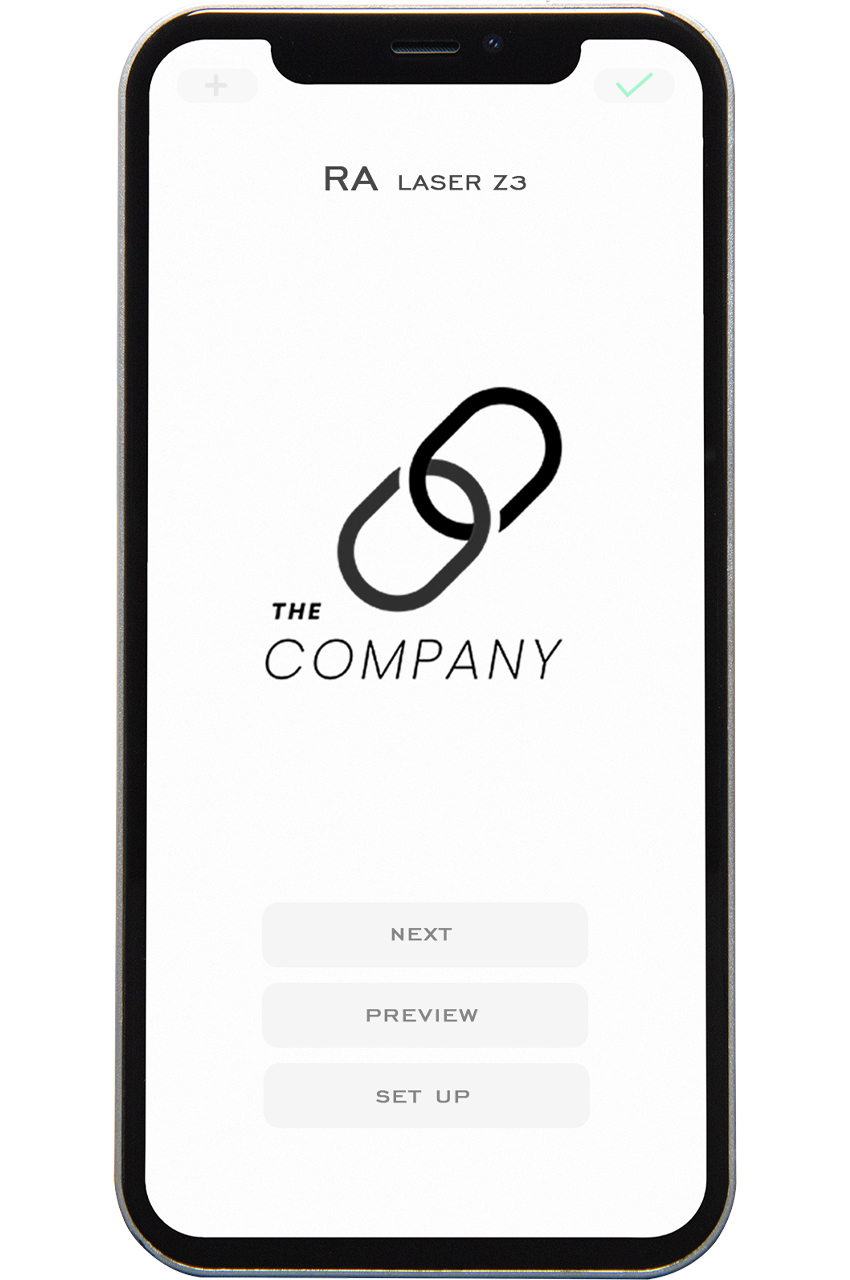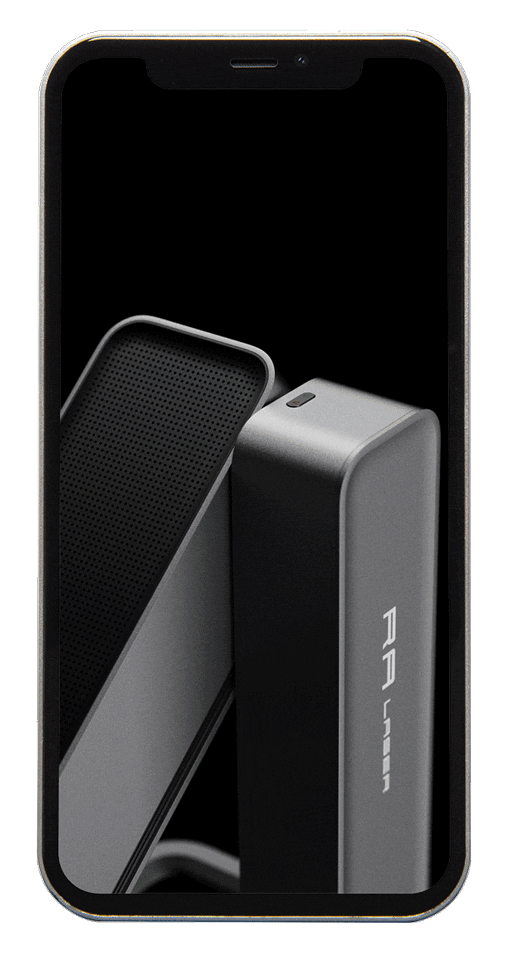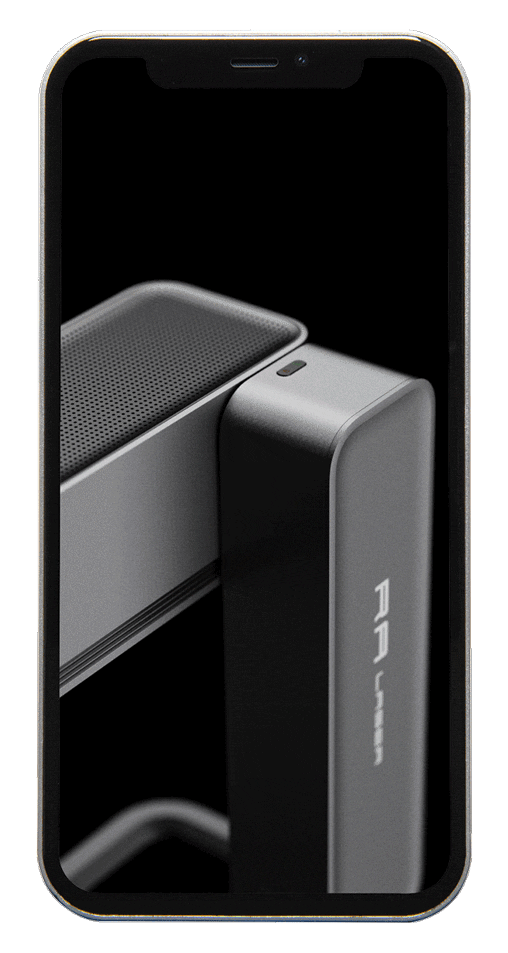Facebook is planning to reduce political content in the News Feed starting today, it confirmed to Engadget. The move, which was first reported by Axios, follows tests in the US, Canada, Brazil and Indonesia earlier this year, where Facebook limited political content. The company plans to expand the tests to Costa Rica, Sweden, Spain and Ireland.
"These changes are in response to common feedback from our community," a Facebook spokesperson told Engadget. "We conduct ongoing research with people to hear what parts of Facebook are working well for them, and to gather feedback about what we could be doing better. One of the themes we’ve heard is that some people feel that there’s too much political content in their News Feeds. We hope these changes address this feedback and preserve the ability for people to find and interact with political content on Facebook, while respecting their appetite for it at the top of their News Feed."
Facebook says some engagement signals are better than others at indicating which posts people deem interesting or valuable. As a result, the company is expanding some tests related to engagement signals. The tests put less importance on how likely a user is to share or comment on political content. "At the same time, we’re putting more emphasis on new signals such as how likely people are to provide us with negative feedback on posts about political topics and current events when we rank those types of posts in their News Feed," Facebook wrote in an updated blog post.
The changes could reduce the level of misinformation on Facebook, if the algorithms are able to effectively detect and de-emphasize all political content. Political campaigns might have to rethink their strategies of how to reach voters too. On the flip side, the move could come as a blow to news organizations, especially those focused on politics, given the volume of traffic Facebook can drive to websites.
The switch could also make Facebook a less hostile place for users. Political discussions can quickly get heated, which might put off those who use the service largely for keeping in touch with their loved ones and sharing pictures of their kids. For what it's worth, Facebook claimed in November political content makes up just six percent of what users see.
"We’ve learned that these changes will affect public affairs content more broadly and that publishers may see an impact on their traffic," Facebook said. "Knowing this, we are planning a gradual and methodical rollout for these tests, but remain encouraged, and expect to announce further expansions in the coming months."
The reported changes follow other moves that Facebook has made to make political content less visible. It stopped recommending civic and political groups to users earlier this year after temporarily pausing those recommendations ahead of the 2020 US election.
